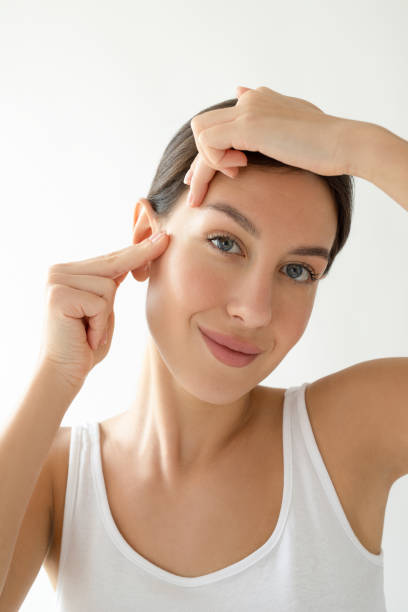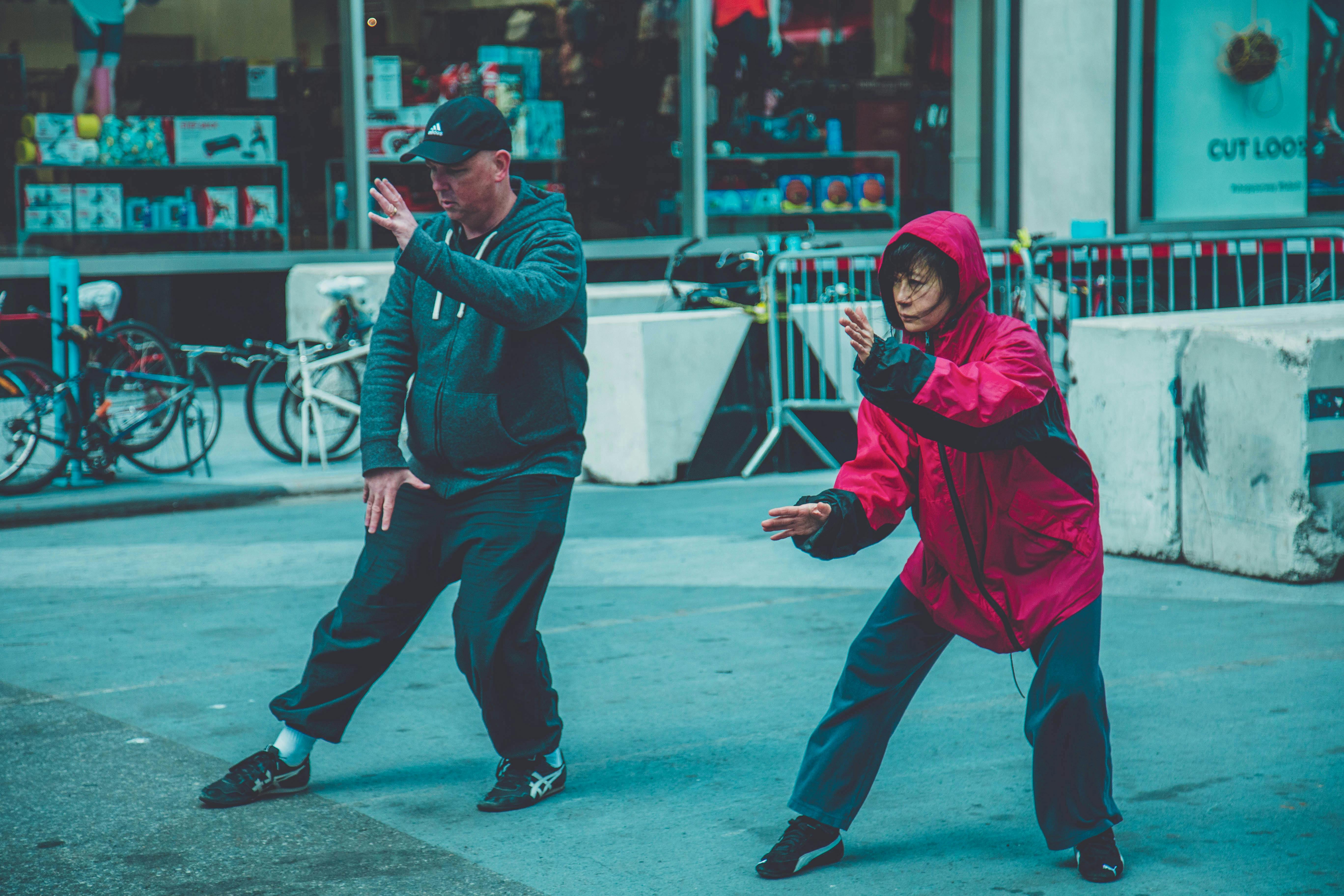Unmasking The Health Potential of Facial Yoga: A Scientific Approach
It's an established fact that regular exercise promotes physical health, but have you ever considered exercising your face? Facial yoga, a wellness trend that's gaining traction, combines traditional yoga principles with targeted facial exercises. This article peels back the layers of facial yoga, exploring its origins, scientific credibility, and potential health benefits.

The Roots of Facial Yoga
Originating from the ancient practices of yoga, facial yoga is a relatively recent development. Traditional yoga, with its roots in ancient India, focused on harmony between the mind, body, and spirit. Over time, the physical component of yoga evolved, laying the foundation for facial yoga. While facial exercises have been utilized in various forms throughout history, it was not until the early 21st century that these exercises were branded as facial yoga, gaining widespread attention.
Facial Yoga: A Trend Backed by Science
Today, facial yoga is seen as a natural, non-invasive alternative to cosmetic procedures and treatments. But is there any scientific basis for its claims? Several studies point to the potential benefits of facial exercises. A 2018 study published in JAMA Dermatology found that consistent facial exercises, performed over 20 weeks, resulted in improved facial appearance and muscle thickness. This indicates that facial yoga may indeed have potential anti-aging benefits.
The Practice and Principles of Facial Yoga
Facial yoga involves a series of exercises that target specific muscle groups in the face and neck. The practice is designed to be simple and accessible, with most exercises requiring just a few minutes a day. However, like any new health practice, it does come with challenges. Adherence and consistency can be difficult, especially without immediate visible results.
The Balance of Benefits and Challenges
While the potential anti-aging benefits of facial yoga are promising, it’s essential to approach the practice with a balanced perspective. Facial yoga is not a quick-fix solution and requires consistent practice. It’s also important to remember that while facial yoga may help improve muscle tone and appearance, it cannot reverse the natural aging process or replace professional medical advice.
Health Tips and Insights
- Consistency is key: Just as with any exercise regimen, results from facial yoga are most likely to appear with consistent, regular practice.
- Combine with holistic practices: For maximum benefits, combine facial yoga with other healthful habits, like a balanced diet and regular physical exercise.
- Listen to your body: If any exercise causes discomfort or pain, stop immediately and consult a professional.
- Patience is a virtue: Changes in muscle tone and skin appearance may take several weeks or months to become noticeable.
In conclusion, facial yoga represents an intriguing intersection between ancient practices and modern wellness trends. While more research is needed to validate its anti-aging claims, preliminary evidence indicates that this practice could indeed play a role in promoting facial health. Whether you’re seeking a natural approach to skin care or simply curious about new wellness trends, facial yoga offers a unique and accessible way to explore the relationship between exercise and health.






